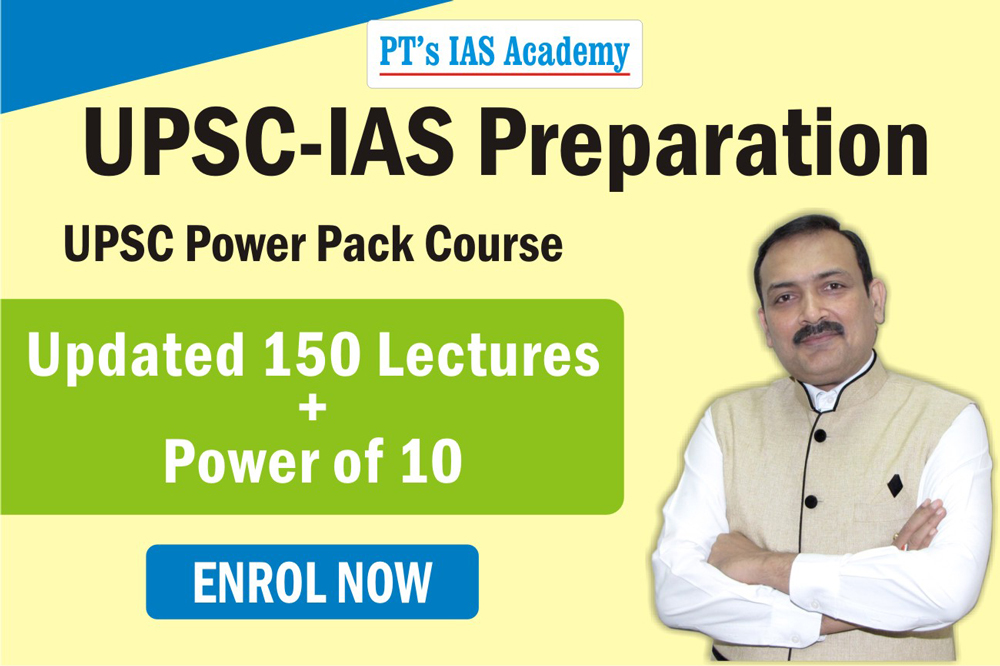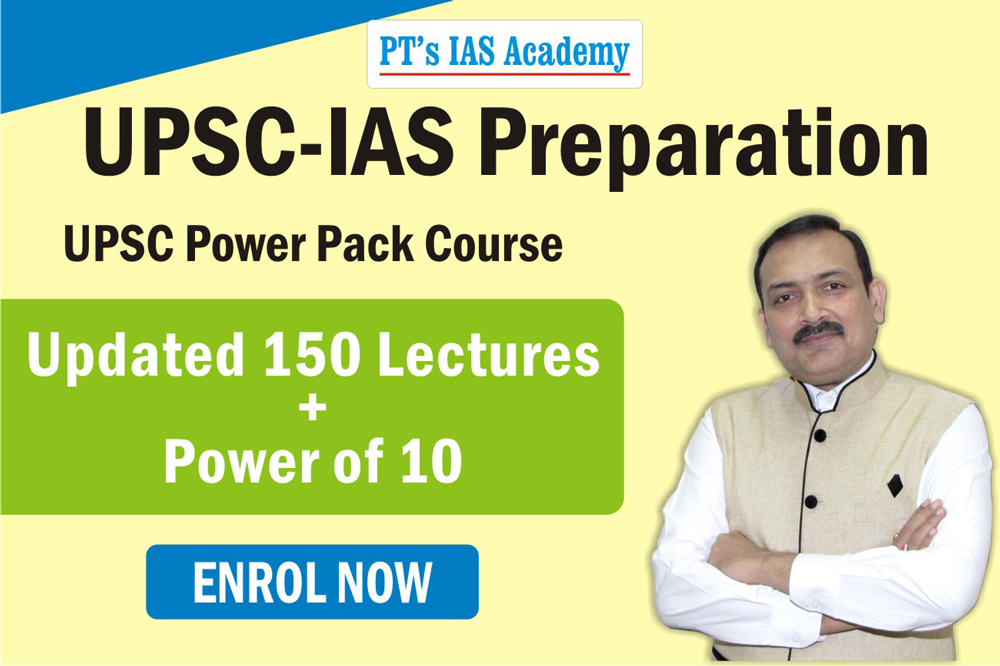Excellent study material for all civil services aspirants - begin learning - Kar ke dikhayenge!
India's GDP growth rate - the lessons from data
Read more on - Polity | Economy | Schemes | S&T | Environment
- An intense debate: For some years now, India’s GDP (or the gross domestic product) and its growth rate nos. have been questioned by experts. This is partly due to the various data controversies, and partly due to questions raised on the concept of GDP itself!
- What is GDP: For any economy, the annual GDP is the total money value of all final (not intermediate) goods and services produced within the geographical boundaries in a year. The GDP does not really map the wellbeing (or happiness) of a given population. It is possible that even as the overall GDP goes up, economic inequalities also rise, fuelling discontent. This is what happened with India.
- Questions over methods: The way GDP is calculated creates several controversis. In the year 2015, when India’s Central Statistics Office (CSO) introduced a new GDP series, many questions were raised. Due to the repeated and significant revisions in GDP data, several economists have questioned the official GDP data. The latest debate is about “growth rate” of GDP, not the absolute level of GDP per se.
- Year-on-year versus Quarter-on-quarter: Mr. Jahangir Aziz, Chief Emerging Markets Economist at J P Morgan, argued recently that the way India calculates its GDP growth rate paints an incorrect or misleading picture of the current state of economic growth.
- As things stand in India, when we say that the Indian economy grew by 10 per cent in a particular quarter (that is, a period of three months) what it means is that the total GDP of the country in that quarter was 10 per cent more than the total GDP produced in the same quarter a year ago.
- Similarly, when we say the economy contracted by 8 per cent this year what we mean to say is that the total output of the economy (as calculated by GDP) is 8 per cent less than the total output of the economy in the preceding year. This is called the year-on-year (YoY) method of arriving at the growth rate.
- This is not the only way to arrive at a growth rate. One could have compared GDP quarter-on-quarter (QoQ) — that is, compare the GDP in the current quarter with the GDP in the preceding quarter. For that matter, we can also calculate the growth rate month-on-month (MoM) or even week-on-week.
- On the face of it, the Y-o-Y method is intuitive and takes care of the seasonal variations. For example, if agricultural production is typically low during the April-May-June quarter (because it doesn't rain as much during this period) and typically high during the July-August-September quarter, then there is little value in comparing farm productivity growth rate between these two quarters. Doing so will just throw up massive fluctuations without adding any real insight.
- But comparing farm output YoY — that is, July to September current year with July to September last year — provides a more robust and reasonable growth rate. It is a like-to-like comparison, thanks to the similarities in weather and farming conditions. The same argument of “seasonality” applies to other sectors of the economy as well and, as such, it makes sense to use the YoY method to arrive at the growth rate.
- Aziz argued that there are well-established statistical methods to take away the effect of seasonality from quarterly data. He argued that once the data is deseasonalised, the growth rate arrived at by using the QoQ method presents a far more accurate picture of the economic growth rate. It is for this reason, he argues, that other large economies report QoQ growth rate.
- Difference in two methods: How much is the difference between YoY and QoQ GDP growth rate in India’s case? The graph alongside provides a glimpse. This covers the four quarters of Calendar Year 2020. It is clear that no matter how one calculates, the GDP growth rate plummeted during the April-May-June quarter in 2020. But the story goes haywire immediately after that. The YoY method that we use in India shows the GDP growth rate steadily improving through the next two quarters. The QoQ method, which Aziz favours, suggests that GDP growth recovered sharply in Q2FY21 but has lost steam since then. This is not just about quibbling over the past growth rate. Depending on what growth rate one uses, the policy response could be completely different. So there are worries that “the year-on-year quarterly numbers will keep rising giving the false assurance of a strengthening recovery when in reality the level of income would rise only at a grinding pace”. He argues that India must shift from YoY to QoQ method of calculating GDP growth rate.
- Why no shift so far: Experts say that stable economies such as the US use the QoQ method and provide what is called the seasonally-adjusted annualised rate. [To get the annualised rate from quarterly growth data one has to multiply by four; to get it from monthly growth data, one has to multiply by 12]. But the YoY method is better for India — especially when there is a lot of ‘noise’ between the quarters. What they refer to as "noise" or "stability" is essentially a settled seasonality. For example, in the US the holiday season — say Christmas — is predefined but in India, the festivals do not fall on the same date or even the same month each year. As such, growth rates of different economic variables tend to fluctuate far more in India. So such massive fluctuations as witnessed in India tend to undermine any cogent analysis. More often than not, macro policymaking is based on medium- to long-term growth cycles rather than short-term fluctuations. The YoY method is better suited to spot such cyclical patterns.
- Summary: The calculation of growth rates is a tricky matter and can substantially alter the policy advice. This is more so for economies like India which tend to grow in fits and starts and especially during a crisis. Hence, in periods of severe economic shocks it is important to look at the absolute level of GDP instead of just the GDP growth rates.
















COMMENTS